On a recent summer morning, sculptor Sam Shoemaker was paddling a mushroom kayak 20 miles off the coast of Los Angeles when the hallucinations started.
“I was begging the sun to come out from behind the clouds because these spooky shadows were just coming out over these torrential, terrible waters,” Shoemaker said.
Although the menacing shapes were delusions, Shoemaker’s trip was very much real. He is not only a sculptor but a mycophile—a mushroom devotee—and the fungi kayak he was riding aboard was a work he began in a Ventura surfboard bay a year earlier. Mushrooms are the medium of the L.A. artist’s pieces. His geometric ceramic and glass sculptures are embedded with the living organisms, which inevitably burst out from their vessel like the serpents of Bernini’s Medusa, but with vivid caps and stems.
Shoemaker’s myco-integrated works have been exhibited in galleries throughout the city. He teaches workshops on cultivation, as well as interdisciplinary art and science courses at universities, including UCLA. Outside of Shoemaker’s craft, mushrooms are having a moment in the mainstream; they are appearing on tote bags, as health supplements in grocery aisles, in psychedelic research, and as alternative building materials. While Shoemaker considers himself a realist, skeptical of zealous claims regarding the current ability for fungi to solve our societal dilemmas, he also believes mushrooms have enormous potential to serve a more active role in our capabilities. He wanted to find a way to expand the dialogue through his talents; to create a working piece of art he could take on a journey. Living a short commute from the Pacific Coast, Shoemaker decided a kayak would be his muse and set out to grow a vessel capable of a 26-mile crossing from Catalina Island to the Port of Los Angeles, the busiest in the United States.
“Part of me doing this is to make a statement to the world that this thing that seems completely inconceivable is conceivable,” Shoemaker said. “And not only is it conceivable, but this guy, who didn’t go to school for science and has a pretty meager independent operation, can pull this off.”
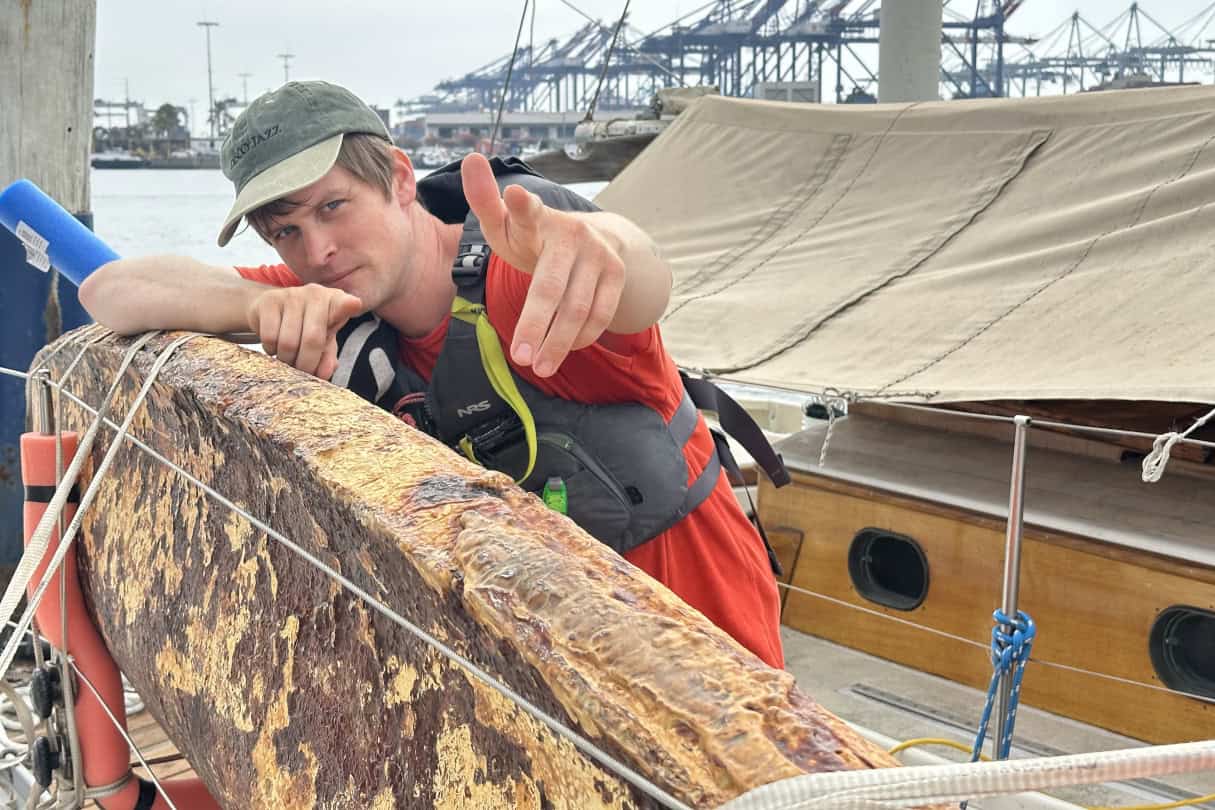
Bringing a mushroom kayak to life
More exactly, Shoemaker’s kayak is made with the root-like mycelium of Ganoderma polychromum, a mushroom common on the streets of L.A., and which he harvested from right outside his studio. The mushroom kayak—his second attempt at the boat—is not Shoemaker’s most aesthetic work, though it is striking. It took just six weeks to grow in a fiberglass mold packed with sawdust, a hemp substrate, and cloth. This was followed by another three months to dry from a starting weight of 520 pounds down to 107 pounds, then seal. It is 12 feet long, with a rudimentary shape, and colored a dull brown and yellow as if it were a slab of foam aged in the sun. He’s shared the project online throughout the process, and it’s gained him more public discussion than many of his other works, and, along with it, plenty of critics.
“I posted a TikTok video of it, and someone said, ‘So it’s beeswax and sawdust.’ My reply is it wouldn’t really make much sense if I described a German shepherd as something made of hair and water,” Shoemaker explained in reference to the biological relationship between the mycelium of the Ganoderma and the materials it drew structure and nutrients from. “It’s a complex organism.”
Before embarking on the voyage itself, Shoemaker had little paddling experience, and, as his boat was taking shape, he spent hours paddling laps around the Ventura Harbor with a plastic whitewater kayak loaned to him by a paddling mentor with the instruction that, if he could learn to use the short boat intended for rivers, he’d be able to handle his own. It was also not lost on the sculptor that, at 33, he was the same age as Dutch artist Bas Jan Ader, who, in 1975, set out on a 13-foot sailboat to cross the Atlantic Ocean as a conceptual work titled In Search of the Miraculous. Ader was never seen again.
Crossing the Channel
On August 4, 2025, a day before his crossing, Shoemaker loaded Mushroom Boat 2 into a foam-padded saddle on the port side of the TipToe—a charter sailboat captained by Andrei Nemoi. When hatching his plan, Shoemaker had difficulty convincing a boat captain to assist him with the trip until he met Nemoi online.
“When he told me he created a mushroom boat it was interesting. I thought, I must know this man.” Nemoi, who moved to the U.S. from Russia and became a captain, shared.
Shoemaker, Nemoi, and a small team documenting the crossing, sailed across the San Pedro Channel to Catalina and camped out the night in the anchorage of Two Harbors. Around dawn Shoemaker lowered his kayak into the water and began for the mainland. Soon after, he faced the episode battling swell, tide and his own mind. He had been confident heading into the voyage, but now, for the first time, he questioned whether he’d be able to pull off the stunt. He would survive the rocky start, and as he inched his way away from Catalina, Shoemaker called over his marine radio to the support boat and asked for his pair of waterproof earbuds. He plugged them in and pulled up an album, Beverly Glenn-Copeland’s Keyboard Fantasies.
“I’ve had it downloaded on my phone for years now,” Shoemaker said. “It felt appropriately devotional to the ocean.”
It was around this place he reached a lull in the currents, and the swell started to carry his boat toward the mainland. Not long after, a group of fin whales showed up beside him.
“They were coming up to my boat and breaching right in front of me.” Shoemaker said. “One of the whales was behind me, swimming about two feet under the surface of the water, like a curious dog trying to sniff another dog’s butt. I don’t want to sound too schmaltzy, but there was a part of me that felt like this was some kind of visitation from a guardian angel.”
Before the entrance to the port, Shoemaker reached the four-mile-wide shipping channel. There was only one boat to yield to, an approaching 85,000-tonnage freighter. After letting it pass to avoid getting steamrolled, the channel was the maritime equivalent of walking across a nearly empty I-5.
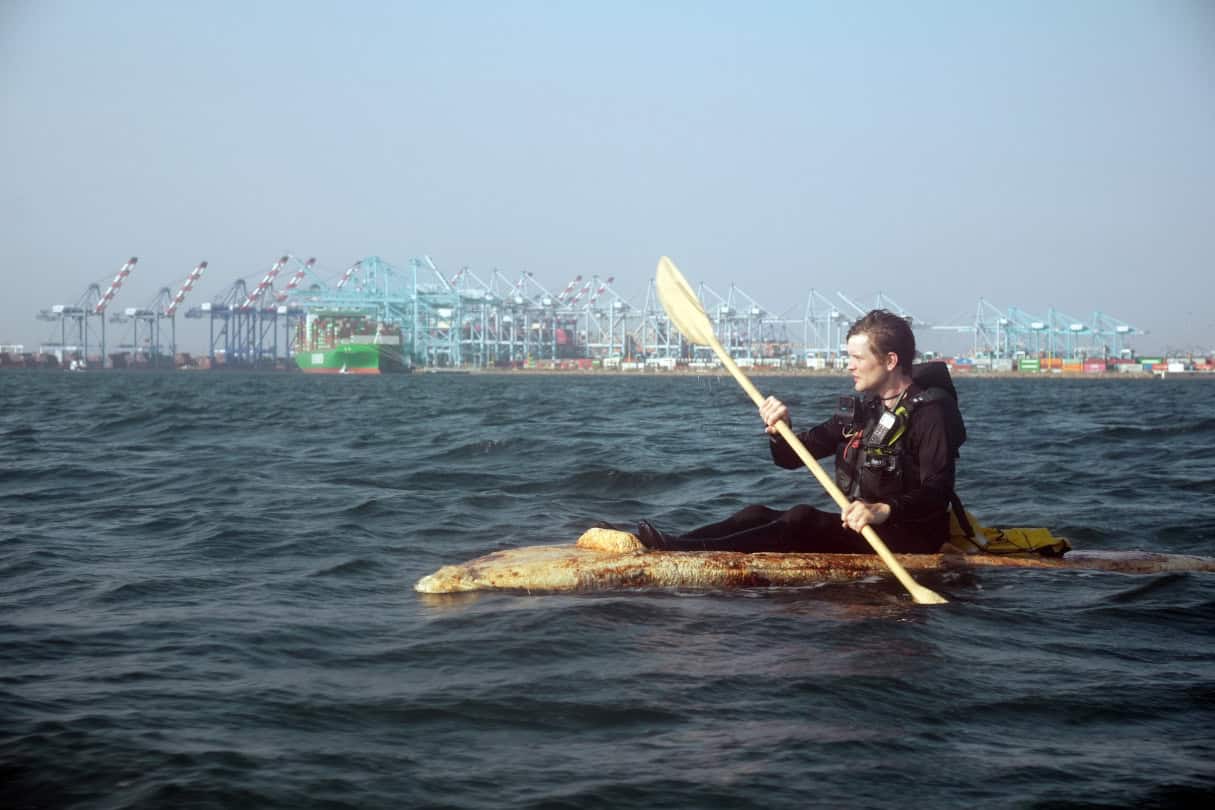
He entered the port at what’s commonly called Angels Gate Lighthouse, where he swayed back and forth with waves reverberating from the rocks. For the last two miles, he would be inside the harbor walls, in protected water to approach the boat ramp at Cabrillo Beach. The afternoon wind however turned against him, attempting to push him backward and into the sea wall. His landing was nearly in sight, but he was once again fighting for every inch. Shoemaker hadn’t stopped in hours, and he paused to take a drink of water and adjust his GoPro. Within moments he lost ground that would take half an hour to reclaim.
“It was just like a current of wind within the marina pulling me back towards that lighthouse,” Shoemaker said.
Nemoi and the others called over, urging him not to stop, that the wind would throw him into the rocks. Shoemaker, having paddled all day and over 20 miles to this point, replied in what he says was likely not the most polite way.
“I’m just screaming and getting splashed. I started sitting crisscross on the boat in order to get through it. It was nonstop for about two hours of going one mile per hour into this wind just to get to the dock.”
After 12 hours and 26 miles on the Pacific, Shoemaker and his mushroom kayak landed at the Cabrillo Beach boat launch to a small gathering of friends and family. Vindicated, and standing in a stenchy wetsuit, he mustered what social battery he had remaining and popped champagne.
“I hope people recognize this for what it is,” Shoemaker said. “Rather than me doing something heroic and brave or something. Really, this is a new beginning. Art can be incredibly anti-climactic. You bring something out of the studio, you put it in a gallery, and it’s miserable sometimes. Everything is in question with art. I had something here really concrete that I wanted to do, and there’s no ambiguity with the achievement.”
Shoemaker isn’t looking to enter the mushroom kayak building business, though he is entertaining the idea of making a mycelium surfboard. The kayaks he’s created will be displayed in an exhibit at Fulcrum Arts in nearby Pasadena beginning this October. He is also publishing an open resource for others to use to build boats of their own and to expand upon what he’s accomplished, which has always been his hope. Through his growing expertise in industrial mycology, Shoemaker is also finding opportunities to be involved with more ambitious research in mushroom technology.
At the boat ramp, with the help of his wife, they loaded Mushroom Boat 2 into the back of their truck and drove home. When the Shoemakers arrived in their neighborhood of Lincoln Heights that night, they laid the mushroom kayak outside to dry, and, after a long journey, the Ganoderma polychromum was touching ground once again.
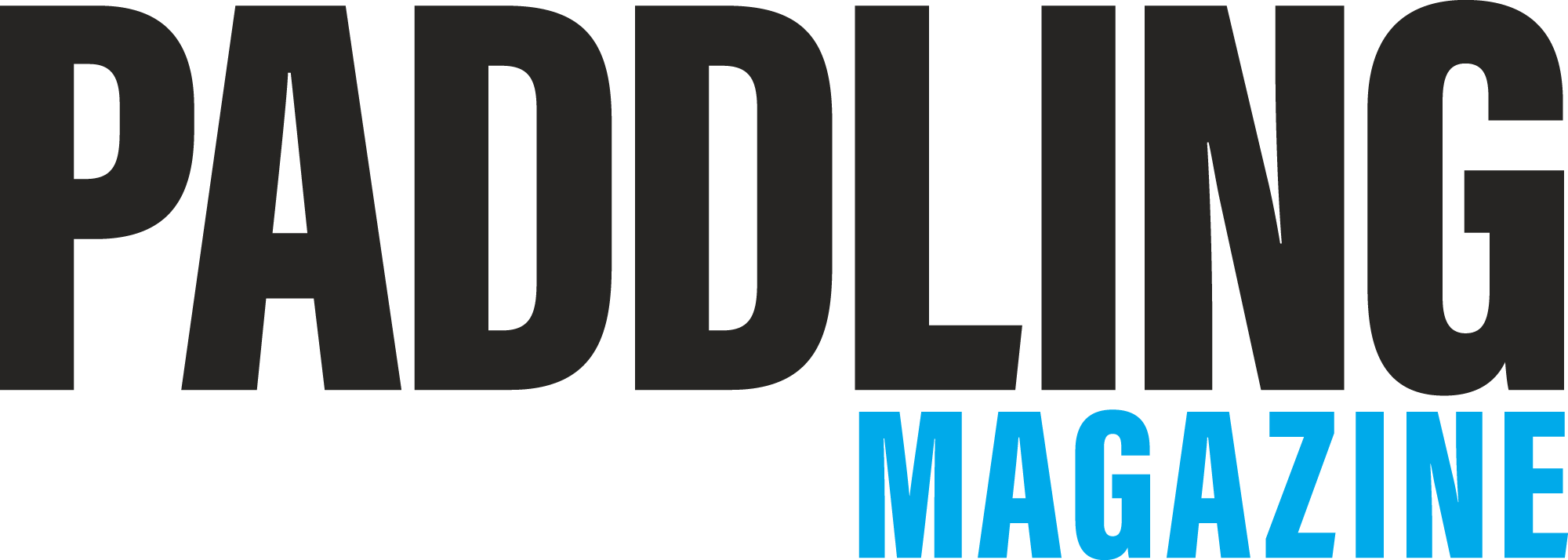

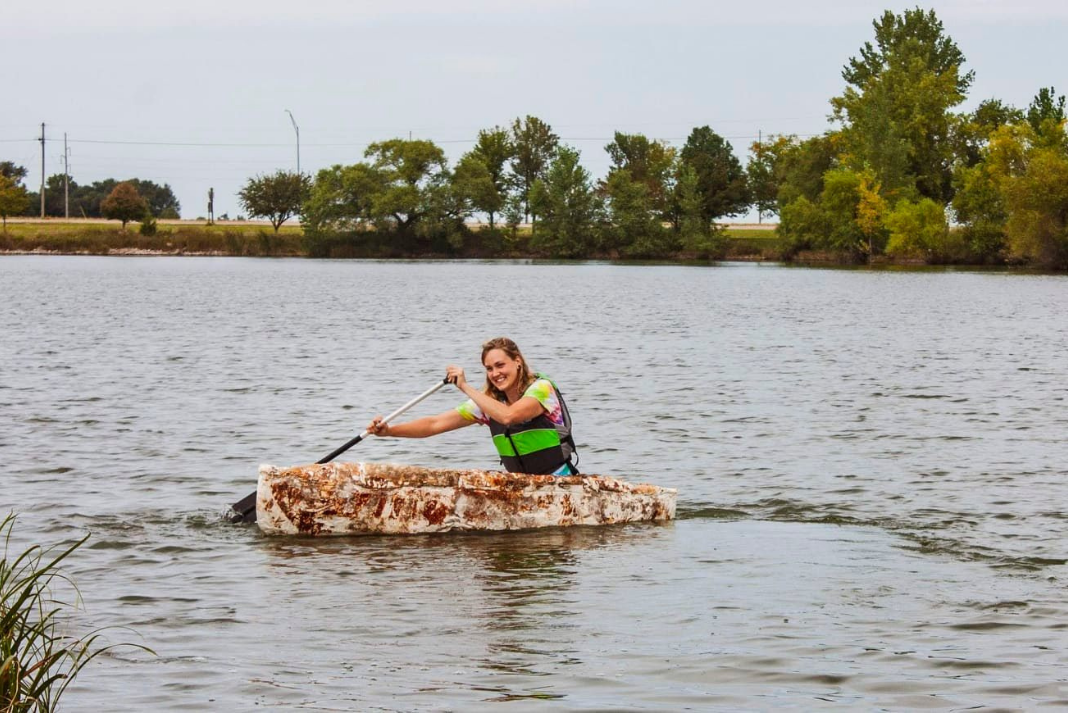


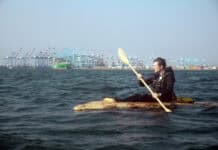
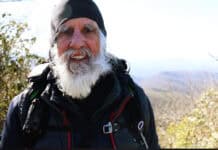
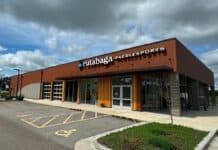

I tried to reach out to this guy as this area is my local paddle trek. Wanted to give him advice on timing and design for his voyage. Sounds and looks like he could have used a ton of help on both. Happy he made it safely across. Stoked to go see this thing in person later this month.